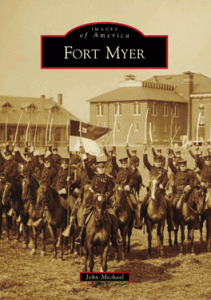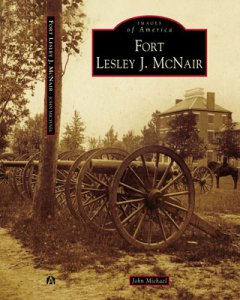Have you been to Fort Sumter and Fort Moultrie National Historical Park?
Defending Charleston Since 1776
Fort Sumter and Fort Moultrie National Historic Park are named after two significant figures of the Revolutionary War from South Carolina. Today marks the anniversary of the death of one of the two, William Moultrie, who died on September 27, 1805, in Charlestown, SC.
In late June 1776, nine British warships attacked the sand and palmetto log fortification that Moultrie’s unit was building on Sullivan’s Island. With a few hundred soldiers and about 30 cannons, Moultrie’s command bravely faced the powerful Royal Navy. The fort’s palmetto log and sand walls absorbed most of the British fire and suffered little damage. After a long day of combat, the British fleet was defeated in a decisive patriot victory. A week later the Declaration of Independence was officially adopted by the Continental Congress.
William Moultrie had a political and military career that lasted for over forty years. He rose to the rank of Major General in the Continental Army and ultimately served two terms as Governor of South Carolina. He achieved wealth through owning a rice plantation and over 200 enslaved people. He is buried on the grounds of Fort Moultrie only a few hundred yards from the site of the battle that made him famous.
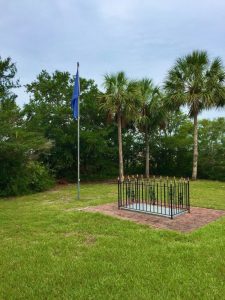
The Guardian of Charleston Harbor
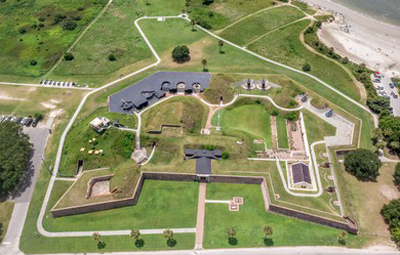
Fort Moutrie
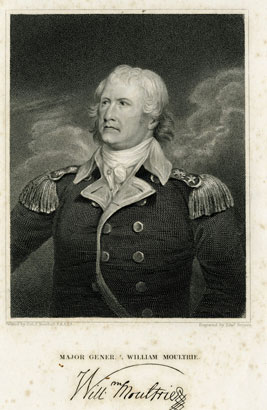
The “Fighting Gamecock” of the Revolution.
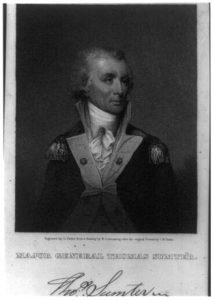
THOMAS SUMTER
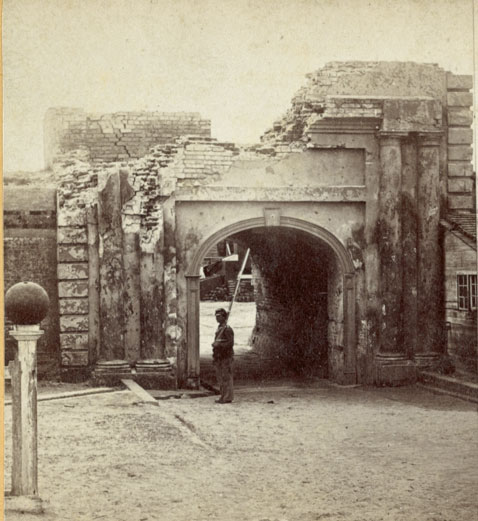
Fort Moultrie Sally Port Suffered Bombardment During the Civil War
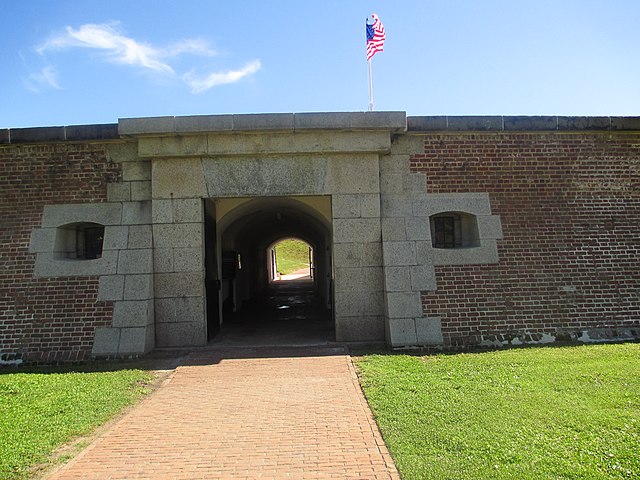
Current Sally Port of Fort Moultrie, SC
The Big Guns:
Civil War Siege, Seacoast,
and Naval Cannon
Hardcover – January 1, 1997
Post Civil War Armament
The U.S. Army modernized Fort Moultrie in the 1870s with new weapons and deep concrete bunkers. Weapons of this period included 15-inch and 10-inch Rodman guns (380 and 250 mm), which were smoothbores, and 8-inch converted rifles, lined down from 10-inch Rodmans. An example of a Rodman gun is below:
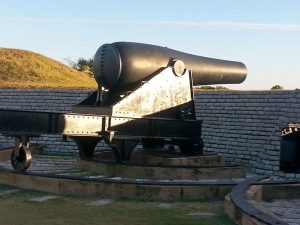
BUY THE BOOK
Images of America – Fort Myer is a pictorial chronicle of the first one hundred years of history containing over two hundred photographs, maps, and images. Beginning in the 1860s and carrying through the 1960s it provides a view of what was over time.
of what was over time.
An autographed copy of the book can be purchased at BUY THE BOOK.

